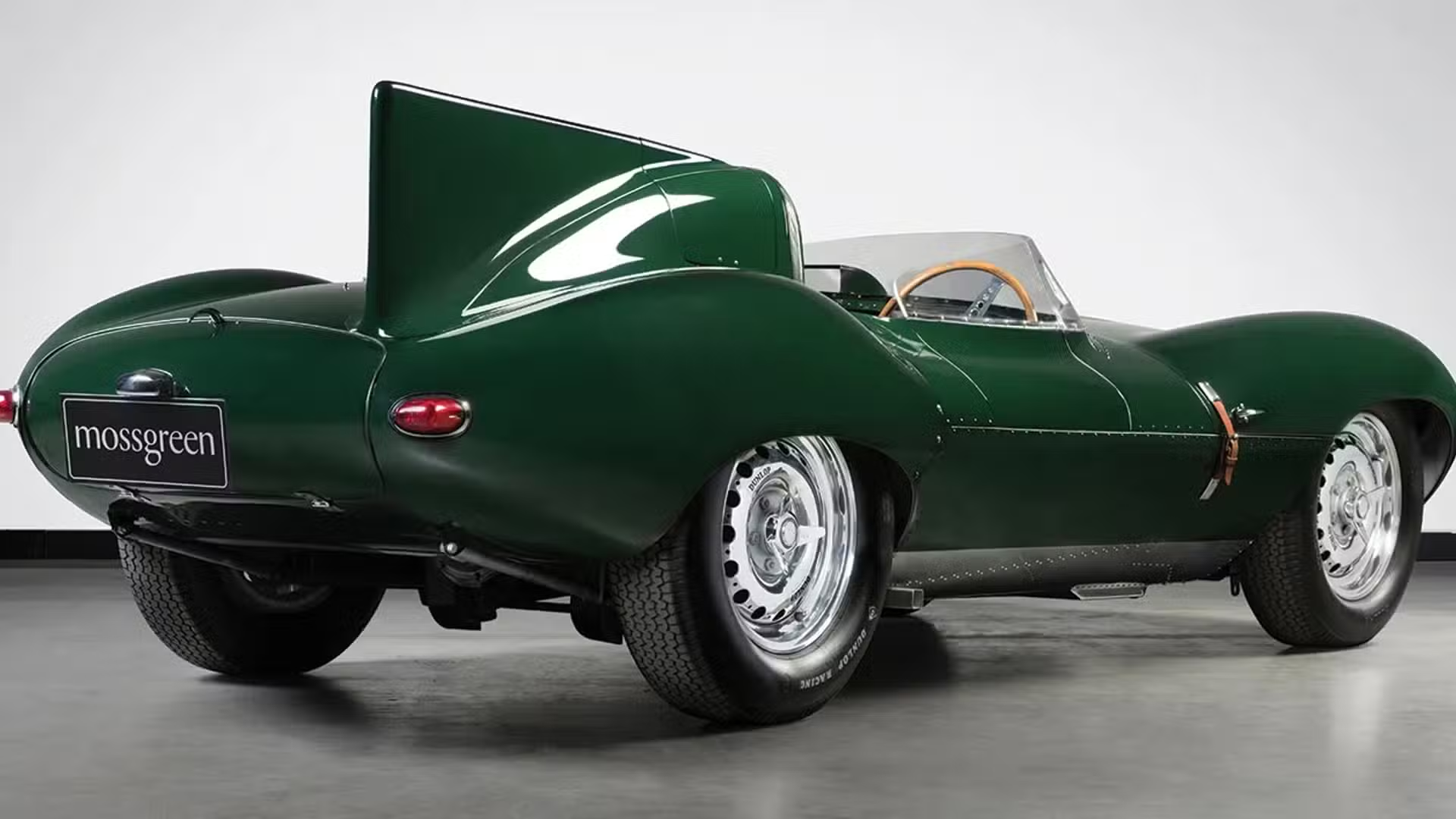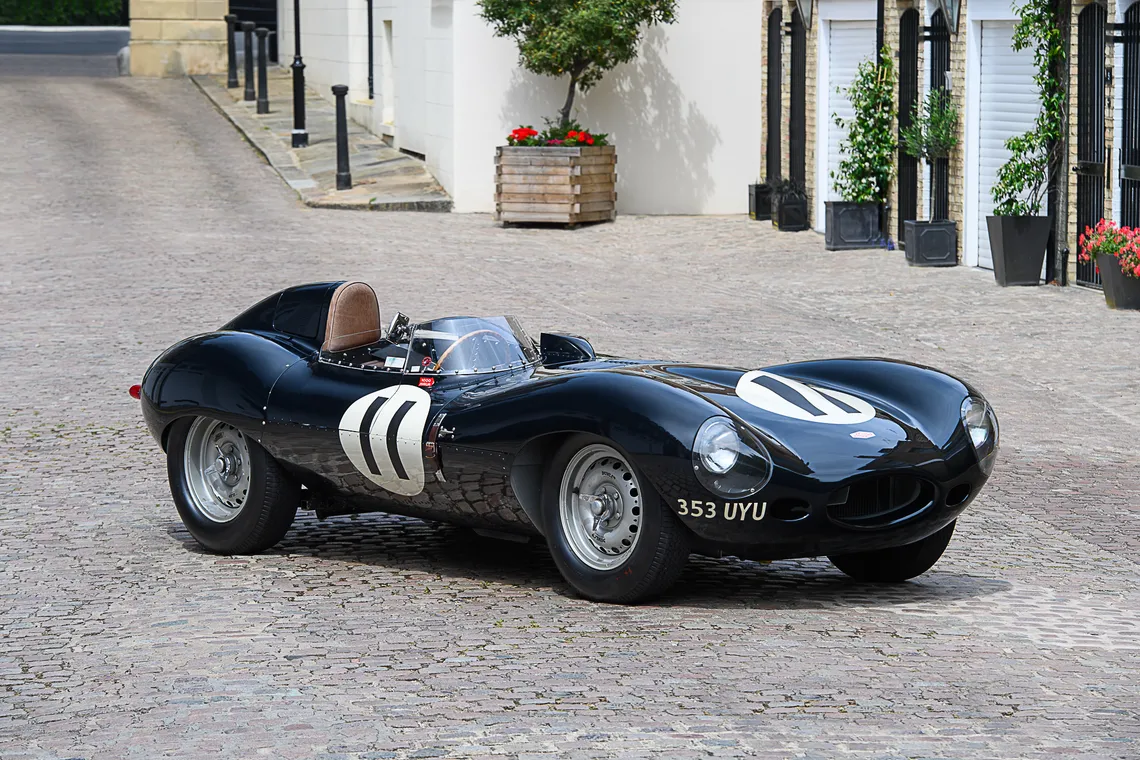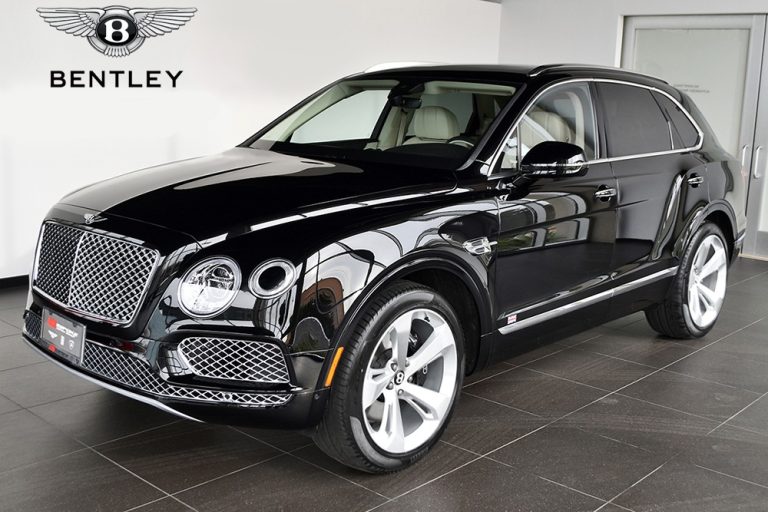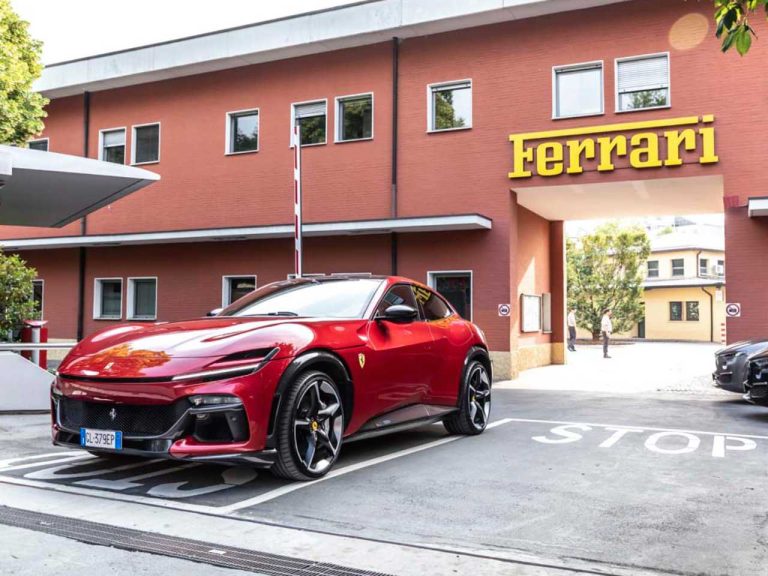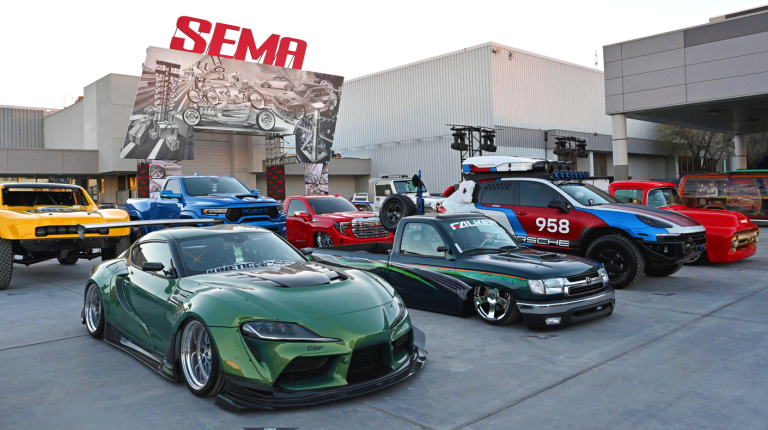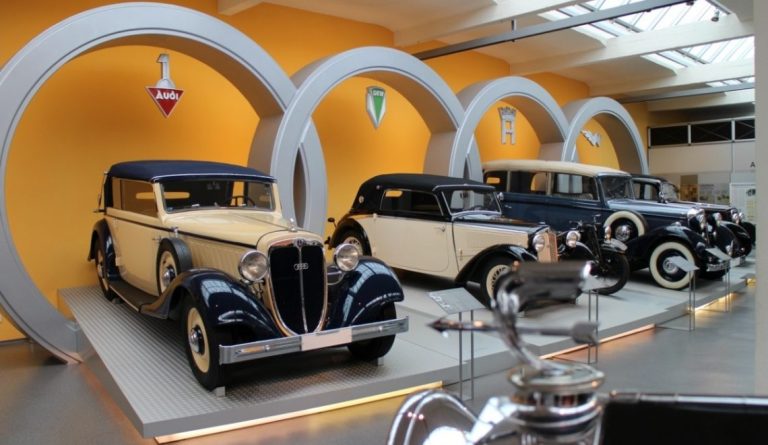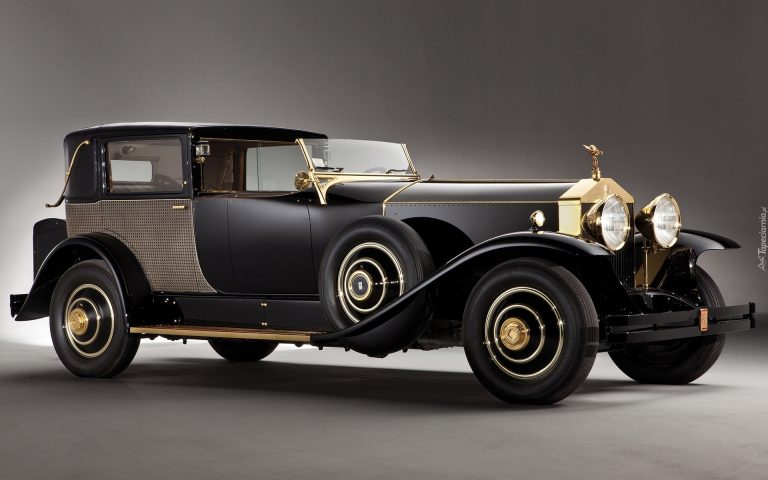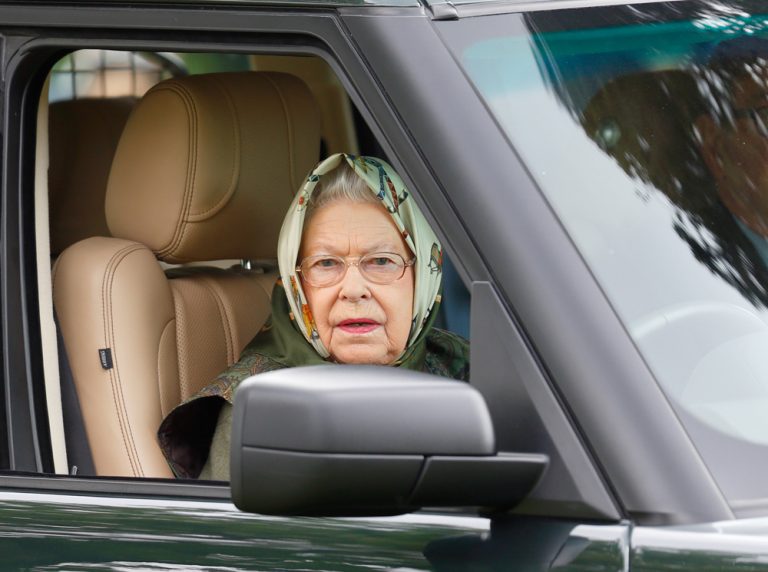Jaguar D-Type (1955-1957)
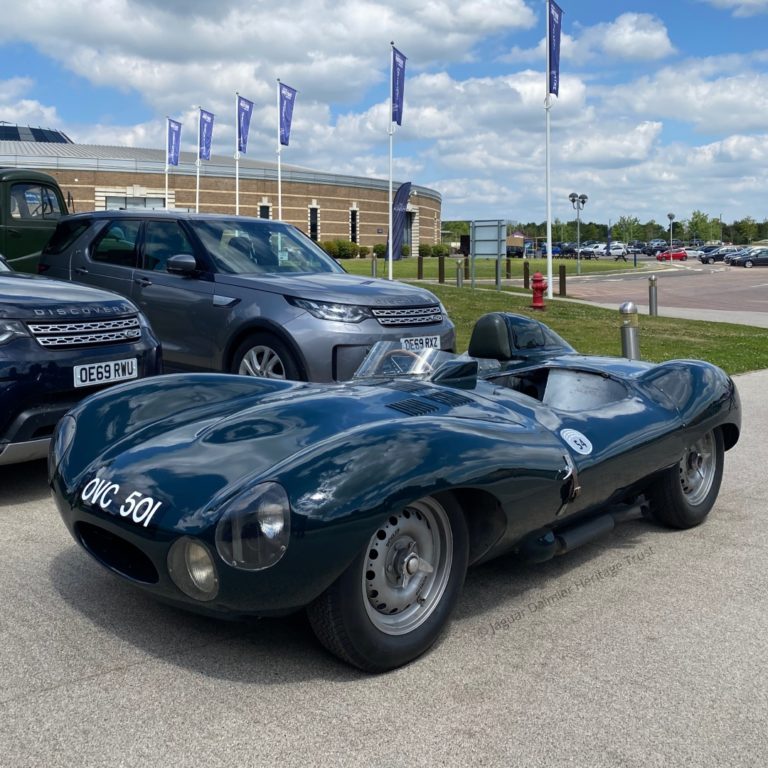
The Racing Legend That Defined an Era
The Jaguar D-Type is not just a car—it’s a symbol of innovation, speed, and British motorsport heritage. Built to dominate the racetrack, this automotive masterpiece from 1955 remains one of the most iconic and sought-after race cars in history. With its revolutionary design, Le Mans-winning pedigree, and unmatched rarity, the Jaguar D-Type has earned its place as a crown jewel in the world of classic car collecting.
1. A Triumph of Engineering and Design
The Jaguar D-Type was introduced in 1954, specifically designed to compete at the 24 Hours of Le Mans. Engineers at Jaguar, led by Malcolm Sayer, used groundbreaking technology to craft a car that was as beautiful as it was fast.
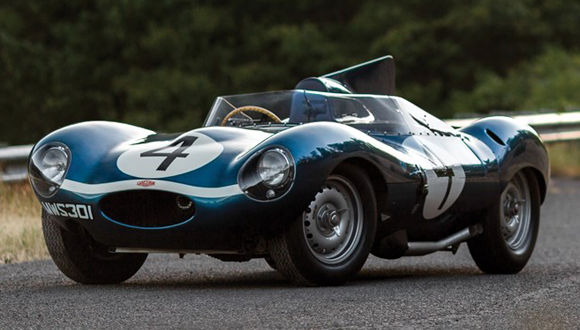
Revolutionary Aerodynamics:
The D-Type’s sleek, teardrop-shaped body was crafted with aerodynamics in mind, setting new standards for racing car design. Key innovations included:
• Monocoque Chassis: The D-Type was one of the first cars to feature a monocoque construction, which reduced weight and increased rigidity.
• Stabilizing Fin: The distinctive vertical fin behind the driver’s head improved high-speed stability, especially on the Mulsanne Straight at Le Mans.
• Disc Brakes: Pioneering the use of disc brakes in motorsport, the D-Type had unmatched stopping power, giving it a critical edge on the racetrack.
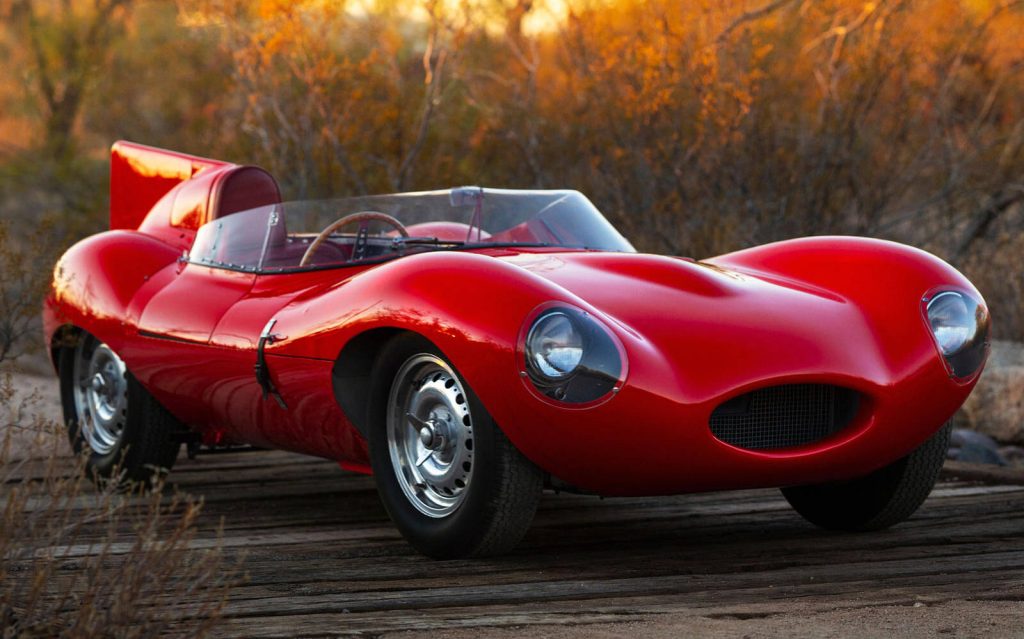
Powertrain:
Under the hood was a 3.4-liter inline-six XK engine, producing up to 250 horsepower. Paired with a lightweight body, the D-Type could achieve a top speed of 172 mph, an extraordinary feat for the 1950s.
2. Racing Pedigree: Le Mans Dominance
The Jaguar D-Type achieved legendary status with its unparalleled success at the 24 Hours of Le Mans, winning the iconic endurance race three years in a row (1955, 1956, and 1957).
The 1955 victory, though overshadowed by tragedy, marked the D-Type’s arrival as a racing powerhouse. Driven by Mike Hawthorn and Ivor Bueb, the car showcased its superior speed, reliability, and innovative engineering.
The D-Type’s victories were not limited to Le Mans—it also dominated races across Europe and the United States, cementing Jaguar’s reputation as one of the greatest names in motorsport.
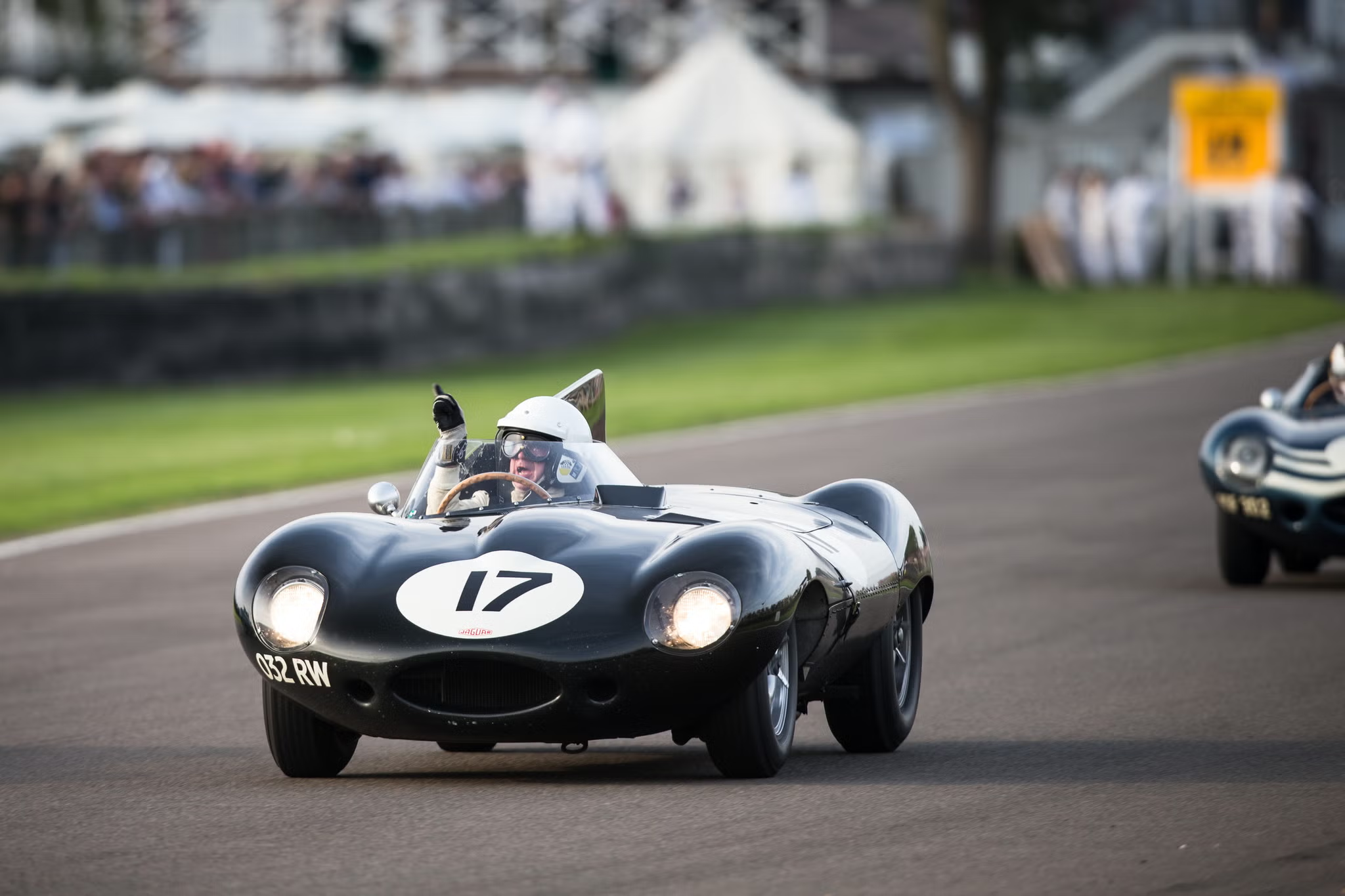
3. Rarity and Exclusivity
Jaguar initially built the D-Type as a limited-production race car, with only 71 units produced between 1954 and 1956. This number includes 18 factory race cars, 53 customer cars, and an additional 16 road-going XKSS versions that were created from leftover D-Type chassis after Jaguar retired from racing.
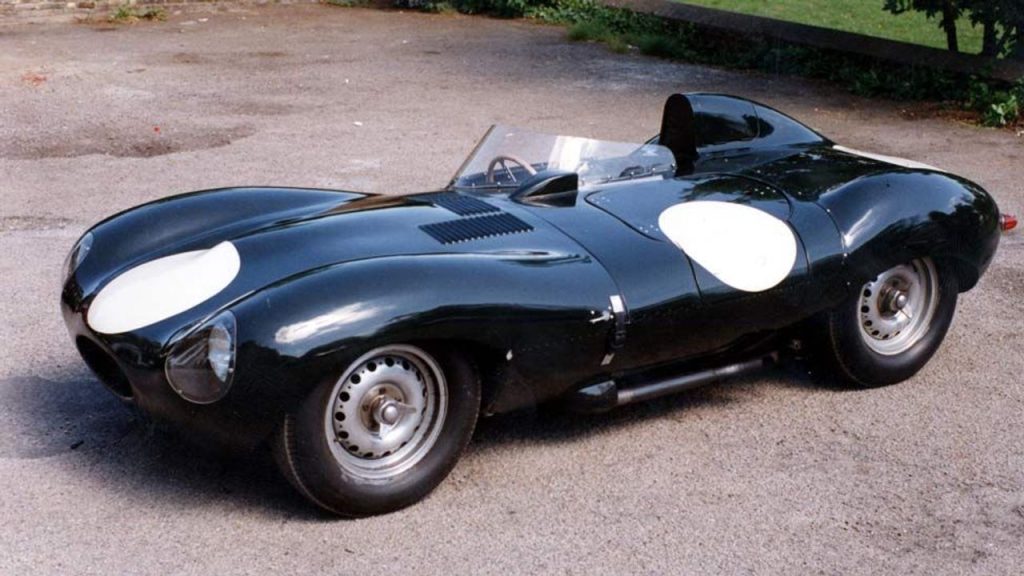
How Many Remain?
Experts estimate that approximately 50 original D-Types exist today. Many were lost to racing incidents, making surviving examples highly prized. Collectors and enthusiasts revere the car not just for its rarity but also for its historical significance.
4. Record Auction Sales and Famous Owners
The Jaguar D-Type has become one of the most valuable classic cars in the world, with auction results reflecting its incredible desirability:
• 2016: A 1955 Jaguar D-Type, which won the 24 Hours of Le Mans in 1956, sold for $21.78 million at RM Sotheby’s, setting a record for a British car at auction.
• 2022: A pristine example with an unbroken racing history achieved $13.2 million at Gooding & Company.
Celebrity Owners:
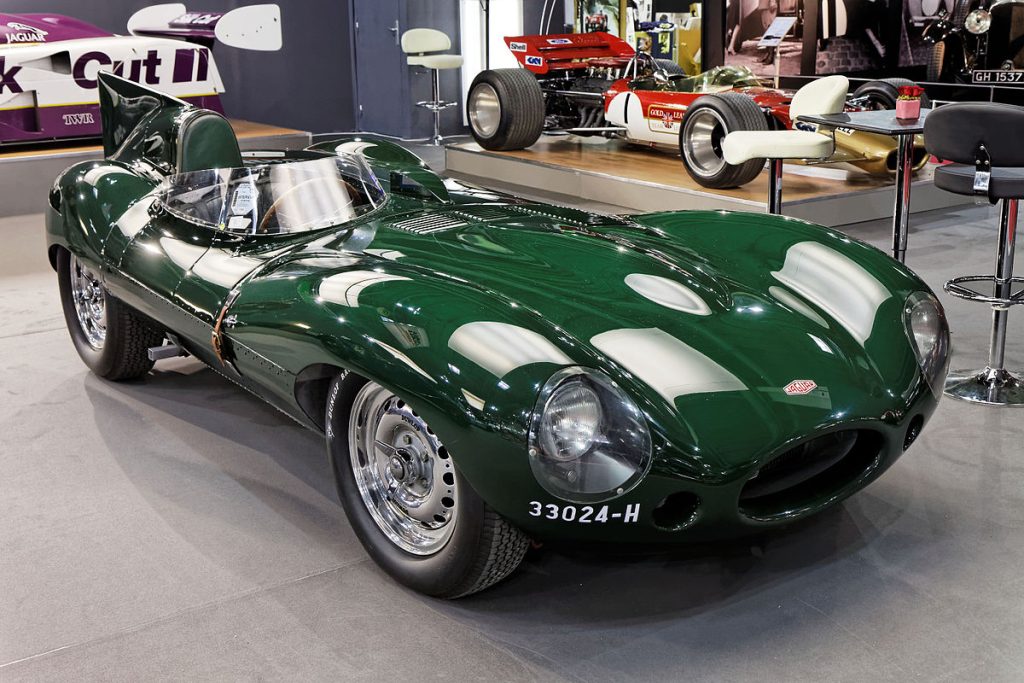
• Steve McQueen: The legendary actor owned a Jaguar XKSS, the road-going version of the D-Type, further cementing the car’s status as an object of desire.
• Ralph Lauren: The fashion mogul and renowned car collector has a Jaguar D-Type in his collection, displayed as an example of art and engineering.
5. A Design Masterpiece
The Jaguar D-Type is widely regarded as one of the most beautiful cars ever built. Its combination of flowing lines, purposeful design, and racing heritage makes it as much a piece of art as it is a machine.
Unique Selling Points:
• Aerodynamic Elegance: The D-Type’s curves were meticulously sculpted to reduce drag and enhance speed, making it a design icon.
• Racing Legacy: Few cars can match the D-Type’s success at Le Mans, and each victory adds to its mystique.
• Technical Innovation: The use of disc brakes, monocoque construction, and other advanced technologies set the D-Type decades ahead of its time.
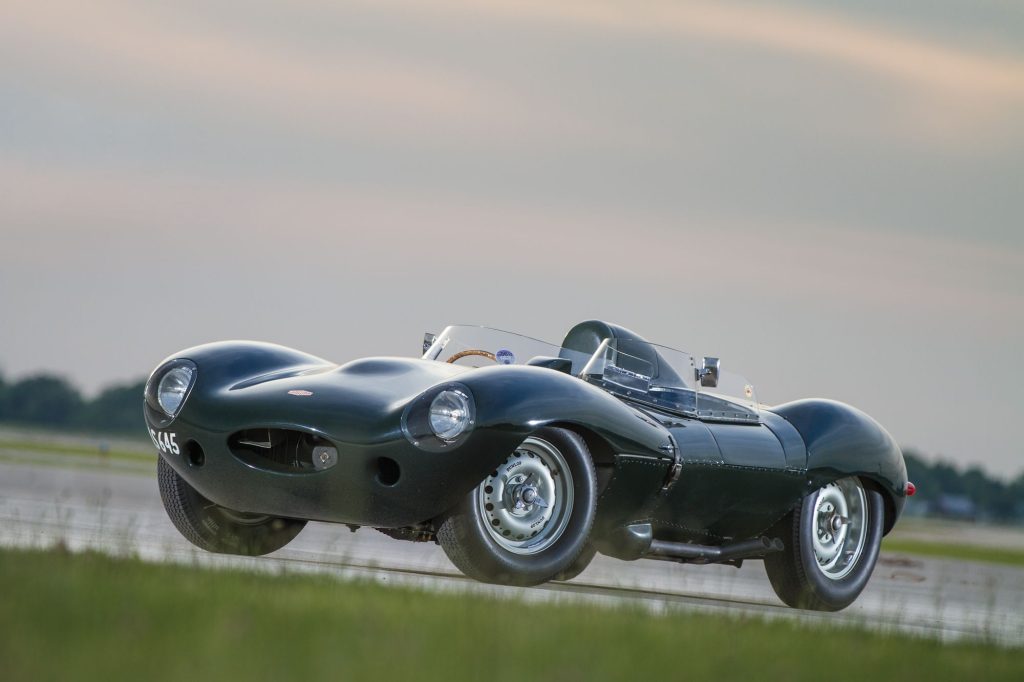
6. Expert Opinions: A Timeless Investment
The Jaguar D-Type is considered one of the ultimate collector cars, combining rarity, racing pedigree, and design excellence.
• Simon Kidston (Classic car dealer and historian): “The D-Type is the epitome of mid-century motorsport innovation. It’s a car that transcends its era and remains a benchmark for performance and style.”
• Hagerty Valuation Tools: Hagerty ranks the Jaguar D-Type as one of the top five most desirable vintage race cars, projecting continued appreciation in value over the next decade.
• Chris Goodwin (Automotive journalist): “Owning a D-Type isn’t just about having a car—it’s about owning a piece of racing history and design perfection.”
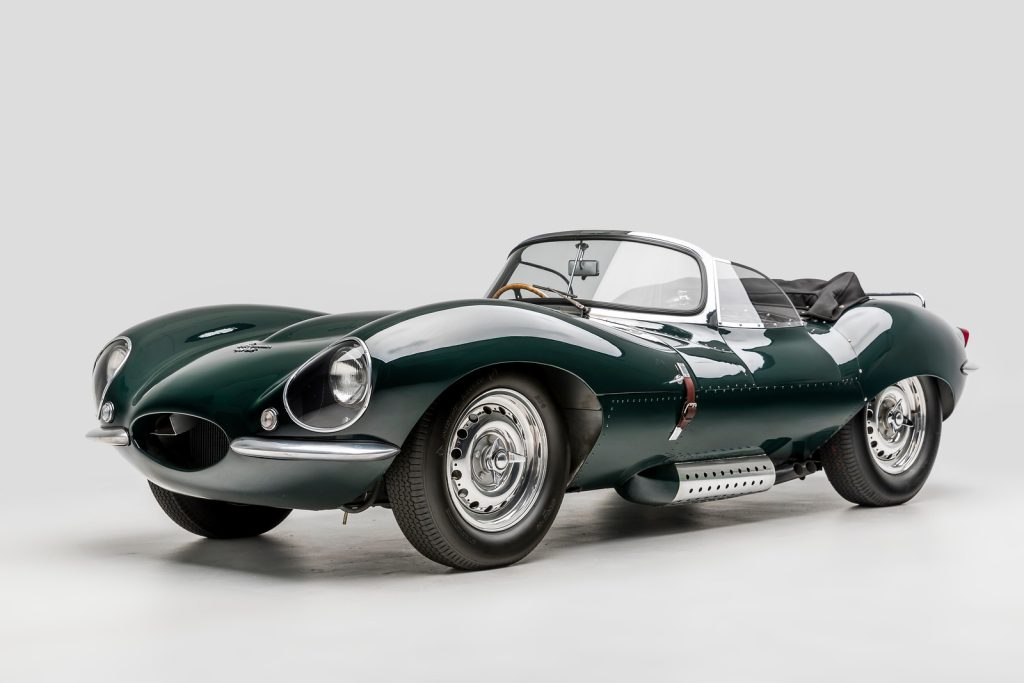
7. Why the D-Type Is the Ultimate Collector’s Prize
For collectors and enthusiasts, the Jaguar D-Type offers an unparalleled blend of history, performance, and beauty. It represents a golden age of motorsport and stands as a testament to Jaguar’s engineering prowess.
With its rarity, legendary racing record, and timeless design, the D-Type is more than just a car—it’s a cultural artifact, an investment, and a dream machine all rolled into one.
Final Thought: The Jaguar D-Type is a masterpiece that transcends the automotive world. From its groundbreaking aerodynamics to its dominance at Le Mans, it is a car that captures the imagination and embodies the spirit of racing. For those fortunate enough to own one, it’s not just a car; it’s a legacy.
